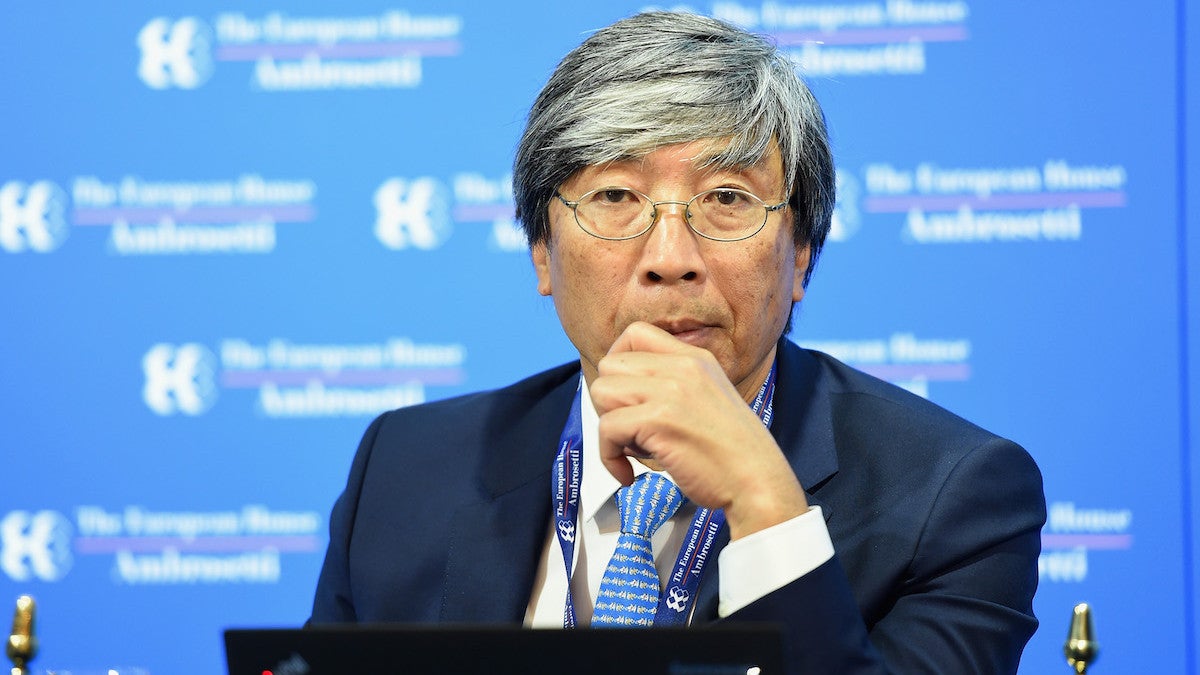In a landmark move for one of America’s most storied newspapers, Dr. Patrick Soon-Shiong, the billionaire owner of the Los Angeles Times, has announced intentions to take the publication public within the next year. During an interview on "The Daily Show" with Jon Stewart, Soon-Shiong articulated his vision of transforming the Times into a community-owned entity. This initiative aims to revitalize the 143-year-old institution, providing the public with an opportunity to invest in the journalism that
Did You Know
At birth, a baby panda is smaller than a mouse.
?
AD
shapes their lives.
Since acquiring the Times for $500 million in 2018, Soon-Shiong has navigated a series of challenges, including financial difficulties and staff layoffs. Despite these obstacles, he remains steadfast in his commitment to the newspaper's future, believing that democratizing ownership can lead to a stronger, more engaged readership. By allowing public investment, he hopes to address the ongoing struggles faced by legacy media in a digital age, leveraging the collective support of the community to foster growth and innovation.
Planned as a limited initial public offering aiming to raise $75 million, the IPO will allow Soon-Shiong to retain a substantial portion of ownership, ensuring continued direction from his leadership. This strategic choice reflects a broader trend in the media landscape, as traditional news organizations grapple with sustainability and relevance. As the Los Angeles Times prepares for this new chapter, the implications of this transition extend beyond the paper's financial health—they signify a shift towards a more participatory model of journalism that could reshape the relationship between readers and their news.
Q&A (Auto-generated by AI)
What does going public mean for a newspaper?
Going public means that a newspaper, like the Los Angeles Times, will offer shares to the public through a stock exchange. This allows the newspaper to raise capital from investors, which can be used for operations, expansion, or paying off debts. Public ownership can also lead to increased scrutiny and pressure to maintain profitability, as shareholders expect returns on their investments.
How has the LA Times evolved over the years?
The Los Angeles Times has undergone significant changes since its founding in 1881. It has shifted from a traditional print-centric model to embracing digital platforms amid declining print readership. Ownership changes, including its acquisition by Patrick Soon-Shiong in 2018, have also influenced its direction, focusing on innovation and adapting to new media consumption habits.
What challenges do newspapers face today?
Today, newspapers face challenges like declining print circulation, competition from digital media, and changing consumer preferences. Many struggle with monetization as advertising revenues shift online. Additionally, the rise of misinformation and the need for credible journalism create pressures to maintain journalistic integrity while adapting to a rapidly evolving media landscape.
Who is Patrick Soon-Shiong and his background?
Patrick Soon-Shiong is a billionaire entrepreneur and physician known for developing cancer treatments. He purchased the Los Angeles Times in 2018 for $500 million. Originally from South Africa, he moved to the U.S. for his medical career. Soon-Shiong aims to revitalize the LA Times, focusing on public ownership and innovative media strategies.
What impact could this IPO have on journalism?
The IPO of the Los Angeles Times could significantly impact journalism by providing a new funding source that may help stabilize the paper financially. It could also set a precedent for other newspapers considering similar moves. However, it raises concerns about prioritizing profits over journalistic integrity, as public companies face pressure to deliver financial returns.


















